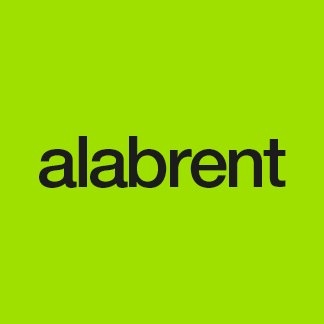Redacción Alabrent
Besides its offset printing facility, Cartocor operates a paper factory and four corrugated board plants – three in Argentina and one in Chile. But what does the success of a South American food company have to do with the print industry, and in particular with KBA? Actually quite a lot. It all began when Cartocor, the leading corrugated board printer on the Argentinian market, decided to invest in the offset printing world, having previously worked exclusively in a flexo process. “This decision was simply a necessity,” according to business manager Victor Ricardo Ciuro. “Arcor was a pioneer of promotional packaging for presentation at the point of sale. The increasing quality demands meant that we just had invest in the offset process.”Crisis and growth
“We went through many difficulties over the past three decades due to the general economic situation. But one thing cannot be denied: Crises are at the same time opportunities,” says Victor Ricardo Ciuro . “The Arcor Group has its own DNA. Innovation and investments in the latest technologies have always helped us to stay one step ahead. It is important to recognise and seize the opportunities. This is the attitude which has enabled us to develop into an international leader on the corrugated market,” he adds.
From flexo to offset
Despite many years of experience with the flexo process, offset was initially a big adventure for Cartocor. About this, Victor Ricardo Ciuro comments: “The machines in our flexo printing plant are state-of-the-art technology, in exactly the same configurations and quality as you would see in Germany or Japan. That gives us the confidence that we can always adapt to changing market demands. But the strategy was to increase our production of high-quality promotional items on corrugated board, and that required us to look at other technology options which would give us at least the same print quality, but better performance.” The process was not simple.as Mr. Ciuro says. “If you ask us a question about flexo, we know the answer immediately, because it's something we have worked with for 33 years. But with offset, it was different. It was a whole new process for us. All we knew was that we needed a solution to be able to meet our raised productivity and quality demands. So we started with a market analysis. And that is how we first came into contact with Dekaprint, KBA's longstanding representative in Argentina.”
Cartocor being a newcomer to offset, partnership with the supplier was a key factor. Ciuro highlights the role played by Dekaprint director Diego Klöckner and his team throughout the decision and installation process: “Dekaprint configured the press to meet our specified requirements. We were also able to visit print companies in Germany and to speak with users.”
The large-format Rapida press went into operation at Cartocor's printing plant in the first half of 2013. Its KBA ErgoTronic console incorporates both register and colour measurement and control systems. “We looked at all aspects of Cartocor's needs to determine the best solution,” says Diego Klöckner. “The Rapida 142 is a widely proven large-format press combining high productivity and quality. With its exceptional substrate flexibility, it is an ideal choice for packaging printers.”
Close partnership with Dekaprint
The press crews are still on the learning curve, and there are a few adjustments to be made, but the new press is already delivering very good performance in direct printing on corrugated board. The company is currently printing around 150 tonnes of corrugated board per month, in weights between 175 and 200 g/m².
“We are aware of the lead which KBA holds in packaging printing, and that is also reflected in its technology,” says Victor Ricardo Ciuro. “But the close partnership with Dekaprint has been equally important for our success with the new offset process.”
His summary of experience to date is positive: “We still have a lot to learn to exploit the full capabilities of our KBA Rapida 142, but we are working on that. Our printers were involved from the very beginning, from installation of the press and the first test prints, through to the start of production.”



